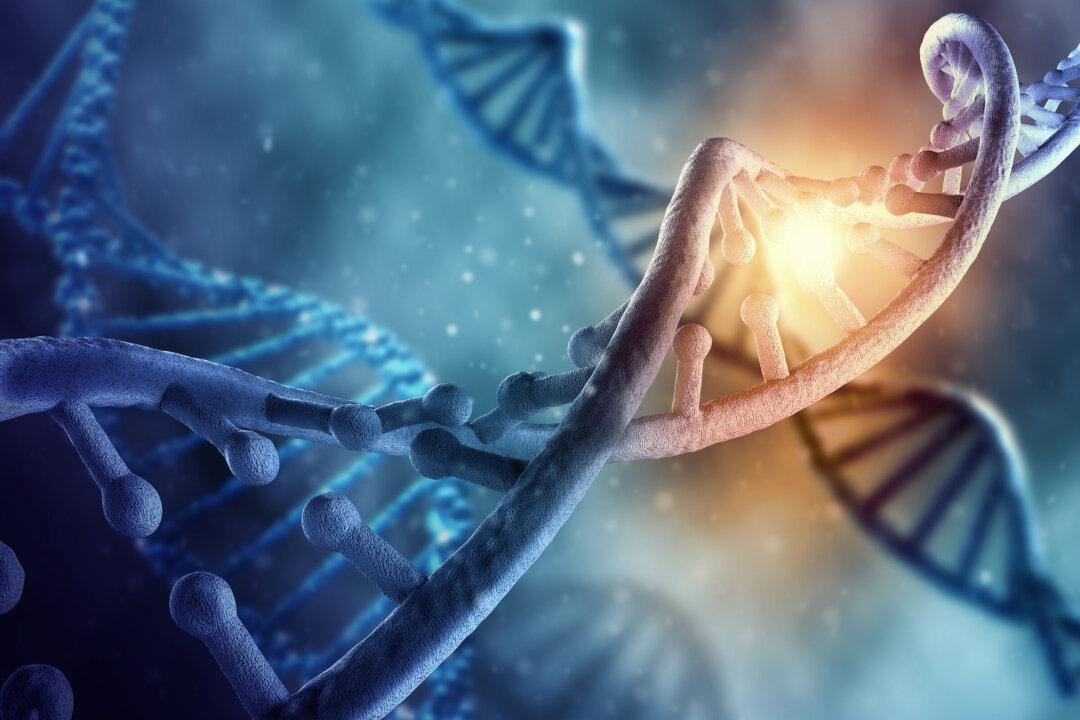Even though evolution has long been included in science textbooks, it is still a controversial topic.
First, evolution is a hypothesis, not an axiom.


Even though evolution has long been included in science textbooks, it is still a controversial topic.
First, evolution is a hypothesis, not an axiom.